#dark galaxy
Explore tagged Tumblr posts
Text

Mermaids Sailor Galaxia & Sailor Cosmos 🧜♀️
#art#watercolor#watercolour art#sailor senshi#sailor moon#90s anime#anime#galaxia#cosmos#sailor cosmos#sailor galaxia#mermay 2023#mermaid#dark galaxy#fan art#illustration
49 notes
·
View notes
Note
I love the Dark Galaxy design but I wear pants a lot more often than skirts. Would you ever consider making a pants version?
Hi!! Thanks :D! So, Dark Galaxy has actually had 2 versions of joggers in the past. The first one was with the black drips pretty much the same way as the skirt, butttt wellllllll once printed the drips looked kinda really uhh.. phallic, haha. Which some people were into! But it wasn't what I intended.

(idk where to find a pic of these bigger than this crop of an ancient screenshot 😅)
After I sold those off (mostly at cons because then people could see them in person and then knew exactly what they'd be getting) I made a V2 with the black goop dripping upwards from the ankles instead. I liked that version a lot better!

But like a lot of things, though the design was popular at cons, it didn't really sell online. At some point (2020? 2021?) I sold the last of what I'd had and declared it discontinued. Idk if I'll ever bring it back, but if I did it'd be a new new version!
9 notes
·
View notes
Text




#artists on tumblr#photography#art#nature#aesthetic#fall aesthetic#naturecore#fall vibes#fall#landscape#night#galaxy#sky#dark academia#dark aesthetic#dark art#ak-nm
16K notes
·
View notes
Text

The Milky Way rising above the mountains in Badwater Basin, Death Valley National Park
#death valley national park#death valley#milky way#galaxy#aimeekb#stars#night sky#astrophotography#badwater basin#hiking#adventure#explore#travel#nature#lesbians who hike#mountains#california#milkywayphotography#nebula#dark sky#dark sky park#california desert#desert
5K notes
·
View notes
Text
#art#draw#drawing#artists on tumblr#landscape#paradise#nature#adventure#explore#travel#travelling#photography#summer#tropical#aesthetic#dark academia#light academia#tiktok#sky#clouds#galaxy#forest#cottagecore#astronomy#space#astrophotography#night sky#outer space
5K notes
·
View notes
Text
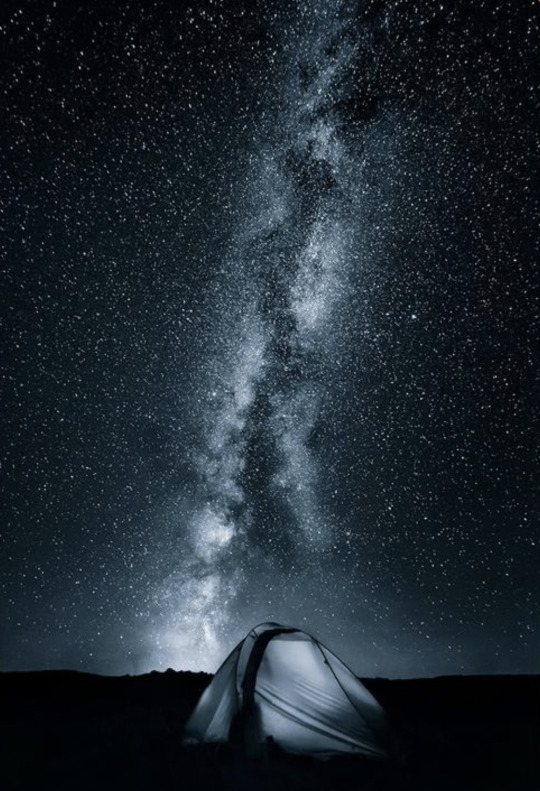
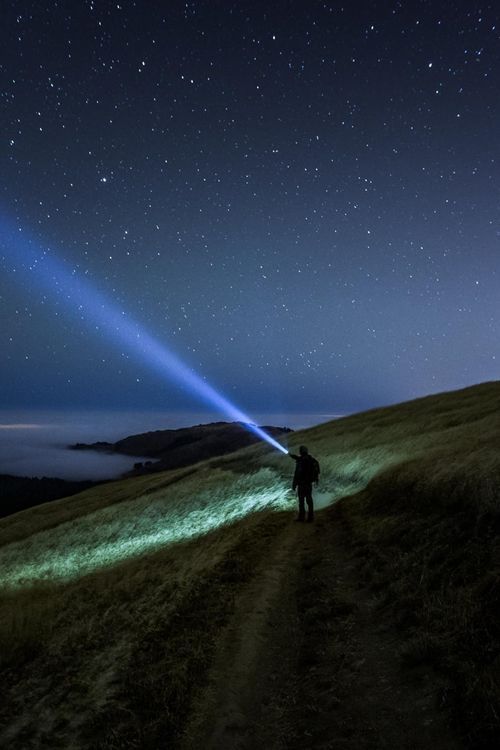
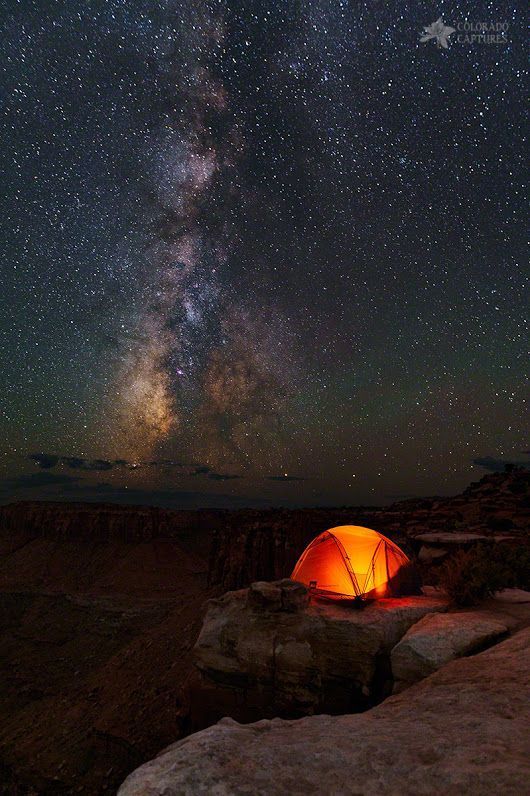

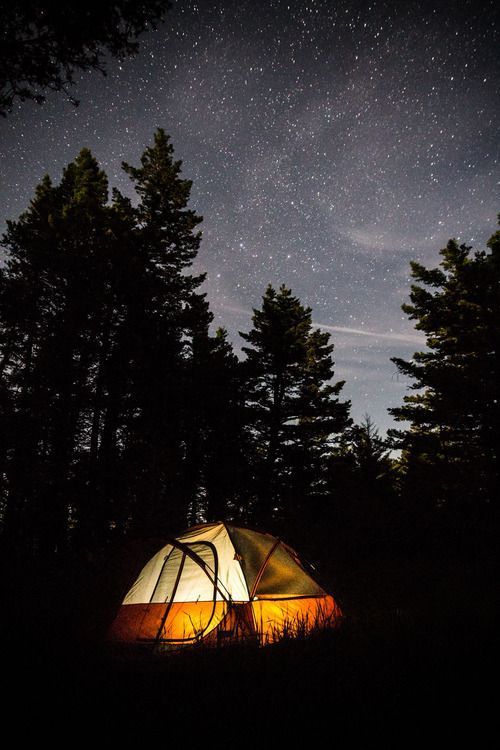
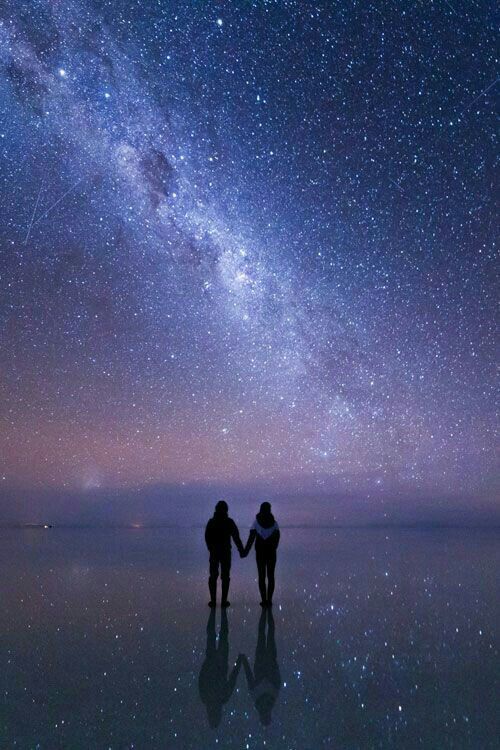


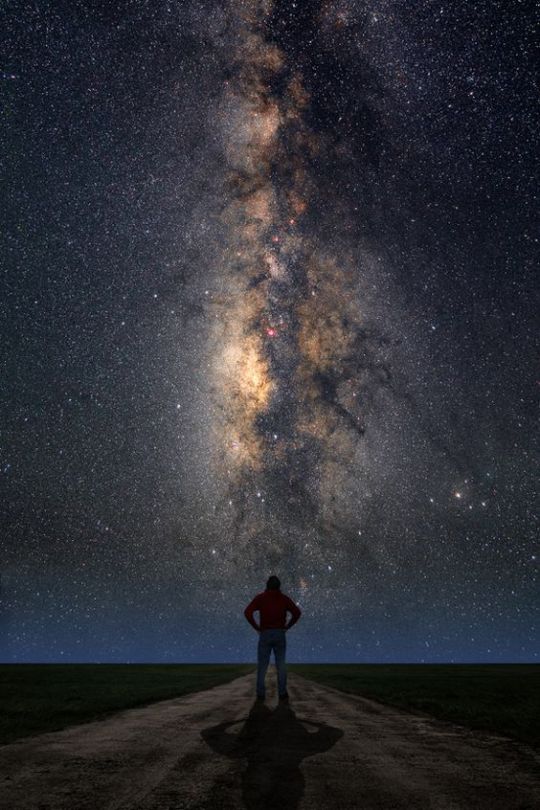

#sky#beauty#nature#beautiful#night#lit#photography#night sky#stars#space#galaxy#universe#travel#personal#mine#art#dark aesthetic#aesthetic#light academia#dark academia#warmcore#naturecore#adventure#paradise
15K notes
·
View notes
Text

Dark River and Milky Way
2K notes
·
View notes
Text
I just want to lay on the ground with you and talk about the moon and the stars and the galaxies, tbh.
#moon#stars#galaxies#galaxy#love#love language#romance#dark academia#light academia#relationship#couple#writeblr#quoteoftheday#prose#4mtns
938 notes
·
View notes
Text
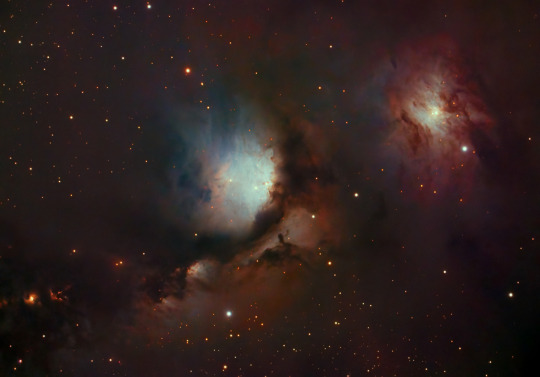


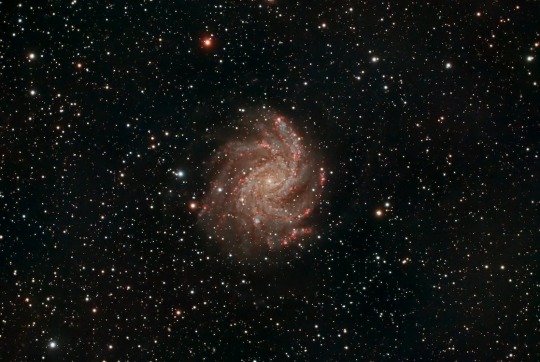

by Daniel Cid
7K notes
·
View notes
Text
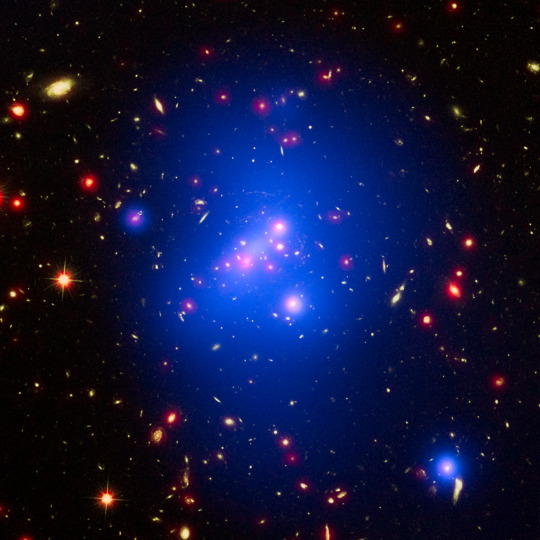
Astronomers used three of NASA's Great Observatories to capture this multiwavelength image showing galaxy cluster IDCS J1426.5+3508. It includes X-rays recorded by the Chandra X-ray Observatory in blue, visible light observed by the Hubble Space Telescope in green, and infrared light from the Spitzer Space Telescope in red. This rare galaxy cluster has important implications for understanding how these megastructures formed and evolved early in the universe.
How Astronomers Time Travel
Let’s add another item to your travel bucket list: the early universe! You don’t need the type of time machine you see in sci-fi movies, and you don’t have to worry about getting trapped in the past. You don’t even need to leave the comfort of your home! All you need is a powerful space-based telescope.
But let’s start small and work our way up to the farthest reaches of space. We’ll explain how it all works along the way.
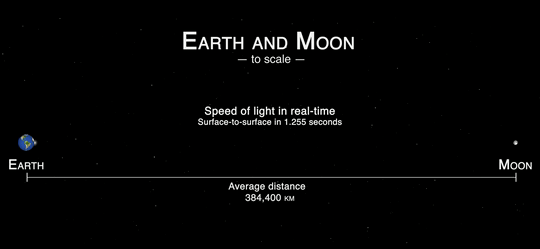
This animation illustrates how fast light travels between Earth and the Moon. The farther light has to travel, the more noticeable its speed limit becomes.
The speed of light is superfast, but it isn’t infinite. It travels at about 186,000 miles (300 million meters) per second. That means that it takes time for the light from any object to reach our eyes. The farther it is, the more time it takes.
You can see nearby things basically in real time because the light travel time isn’t long enough to make a difference. Even if an object is 100 miles (161 kilometers) away, it takes just 0.0005 seconds for light to travel that far. But on astronomical scales, the effects become noticeable.
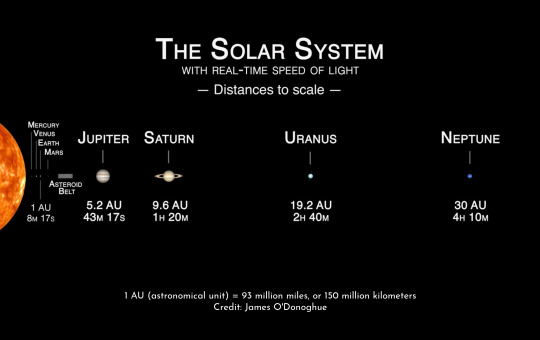
This infographic shows how long it takes light to travel to different planets in our solar system.
Within our solar system, light’s speed limit means it can take a while to communicate back and forth between spacecraft and ground stations on Earth. We see the Moon, Sun, and planets as they were slightly in the past, but it's not usually far enough back to be scientifically interesting.
As we peer farther out into our galaxy, we use light-years to talk about distances. Smaller units like miles or kilometers would be too overwhelming and we’d lose a sense of their meaning. One light-year – the distance light travels in a year – is nearly 6 trillion miles (9.5 trillion kilometers). And that’s just a tiny baby step into the cosmos.
youtube
The Sun’s closest neighboring star, Proxima Centauri, is 4.2 light-years away. That means we see it as it was about four years ago. Betelgeuse, a more distant (and more volatile) stellar neighbor, is around 700 light-years away. Because of light’s lag time, astronomers don’t know for sure whether this supergiant star is still there! It may have already blasted itself apart in a supernova explosion – but it probably has another 10,000 years or more to go.

What looks much like craggy mountains on a moonlit evening is actually the edge of a nearby, young, star-forming region NGC 3324 in the Carina Nebula. Captured in infrared light by the Near-Infrared Camera (NIRCam) on NASA’s James Webb Space Telescope, this image reveals previously obscured areas of star birth.
The Carina Nebula clocks in at 7,500 light-years away, which means the light we receive from it today began its journey about 3,000 years before the pyramids of Giza in Egypt were built! Many new stars there have undoubtedly been born by now, but their light may not reach Earth for thousands of years.
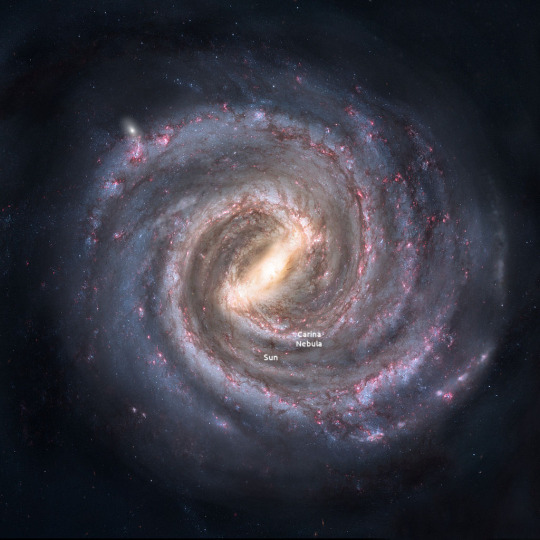
An artist’s concept of our Milky Way galaxy, with rough locations for the Sun and Carina nebula marked.
If we zoom way out, you can see that 7,500 light-years away is still pretty much within our neighborhood. Let’s look further back in time…
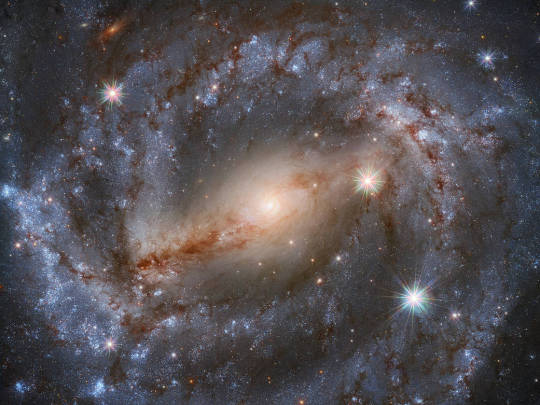
This stunning image by the NASA/ESA Hubble Space Telescope features the spiral galaxy NGC 5643. Looking this good isn’t easy; 30 different exposures, for a total of nine hours of observation time, together with Hubble’s high resolution and clarity, were needed to produce an image of such exquisite detail and beauty.
Peering outside our Milky Way galaxy transports us much further into the past. The Andromeda galaxy, our nearest large galactic neighbor, is about 2.5 million light-years away. And that’s still pretty close, as far as the universe goes. The image above shows the spiral galaxy NGC 5643, which is about 60 million light-years away! That means we see it as it was about 60 million years ago.
As telescopes look deeper into the universe, they capture snapshots in time from different cosmic eras. Astronomers can stitch those snapshots together to unravel things like galaxy evolution. The closest ones are more mature; we see them nearly as they truly are in the present day because their light doesn’t have to travel as far to reach us. We can’t rewind those galaxies (or our own), but we can get clues about how they likely developed. Looking at galaxies that are farther and farther away means seeing these star cities in ever earlier stages of development.
youtube
The farthest galaxies we can see are both old and young. They’re billions of years old now, and the light we receive from them is ancient since it took so long to traverse the cosmos. But since their light was emitted when the galaxies were young, it gives us a view of their infancy.

This animation is an artist’s concept of the big bang, with representations of the early universe and its expansion.
Comparing how fast objects at different distances are moving away opened up the biggest mystery in modern astronomy: cosmic acceleration. The universe was already expanding as a result of the big bang, but astronomers expected it to slow down over time. Instead, it’s speeding up!
The universe’s expansion makes it tricky to talk about the distances of the farthest objects. We often use lookback time, which is the amount of time it took for an object’s light to reach us. That’s simpler than using a literal distance, because an object that was 10 billion light-years away when it emitted the light we received from it would actually be more than 16 billion light-years away right now, due to the expansion of space. We can even see objects that are presently over 30 billion light-years from Earth, even though the universe is only about 14 billion years old.

This James Webb Space Telescope image shines with the light from galaxies that are more than 13.4 billion years old, dating back to less than 400 million years after the big bang.
Our James Webb Space Telescope has helped us time travel back more than 13.4 billion years, to when the universe was less than 400 million years old. When our Nancy Grace Roman Space Telescope launches in a few years, astronomers will pair its vast view of space with Webb’s zooming capabilities to study the early universe in better ways than ever before. And don’t worry – these telescopes will make plenty of pit stops along the way at other exciting cosmic destinations across space and time.
Learn more about the exciting science Roman will investigate on X and Facebook.
Make sure to follow us on Tumblr for your regular dose of space!
#NASA#astronomy#telescope#Roman Space Telescope#dark energy#galaxies#cosmology#astrophysics#stars#galaxy#Hubble#Webb#Chandra#Spitzer#space images#Youtube
3K notes
·
View notes
Text

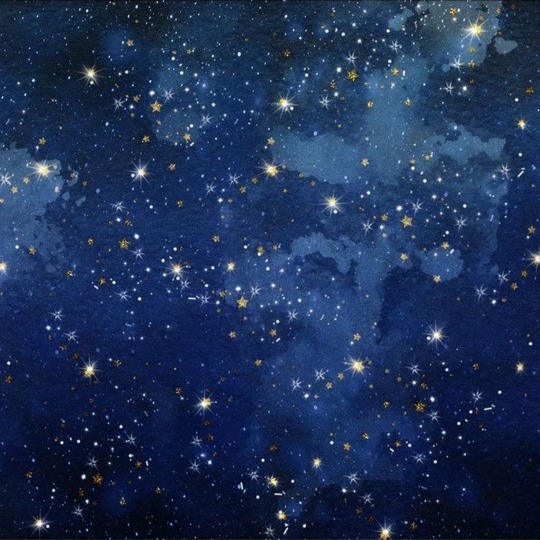

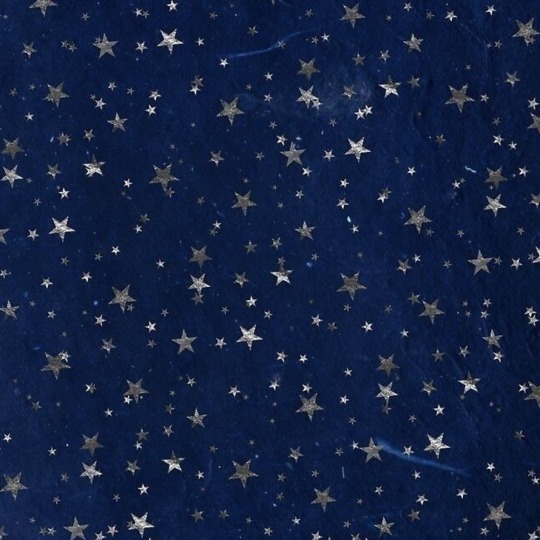





#moodboard#aesthetic#icons#pinterest#indie#starcore#stars#galaxies#galaxy#astro witch#astro observations#astronomy#moon witch#full moon#moon#whimsy#whimsical#whimsigoth#whimsicore#dark blue#deep blue#blue#blue moodboard
2K notes
·
View notes
Text
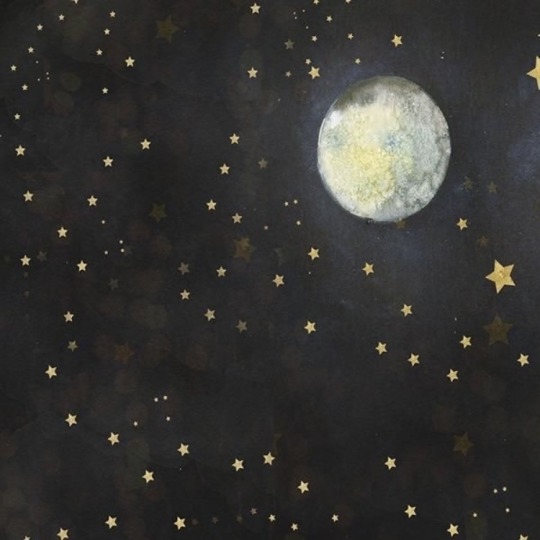

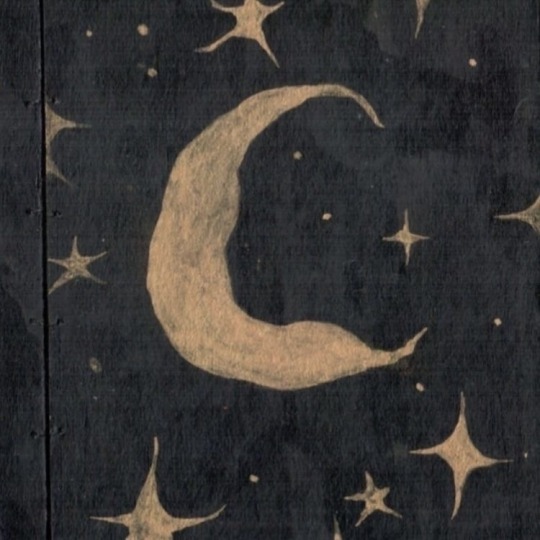
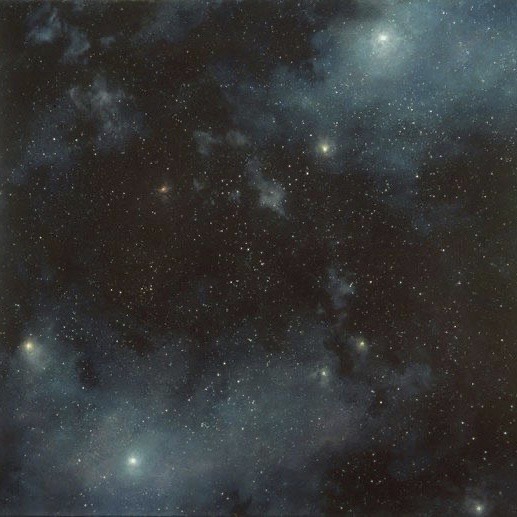

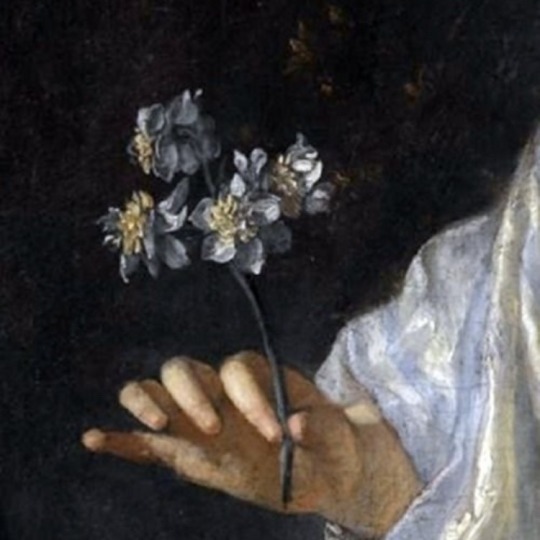
#cottagecore#idk I just really love this#celestial#moon#sky#art#art details#light academia aesthetic#light academism#dark academia#dark academia aesthetic#full moon#crescent moon#witch aesthetic#dark aesthetic#dark cottagecore#night aesthetic#galaxy
12K notes
·
View notes
Photo

Deck Type: Fusion Dark Galaxy
Format: KP12
From: JP
Link: https://twitter.com/tokunogawa/status/1622075289173106690/photo/2
0 notes
Text

hope nobody saw that
#meta knight#galaxy soldier army#post's art gallery#kirby right back at ya#a special thanks to the pilot episode for including dark matter and leaving me with thoughts#can't say that means good things for MK but you know him#he needs his fight enrichment
404 notes
·
View notes
Text



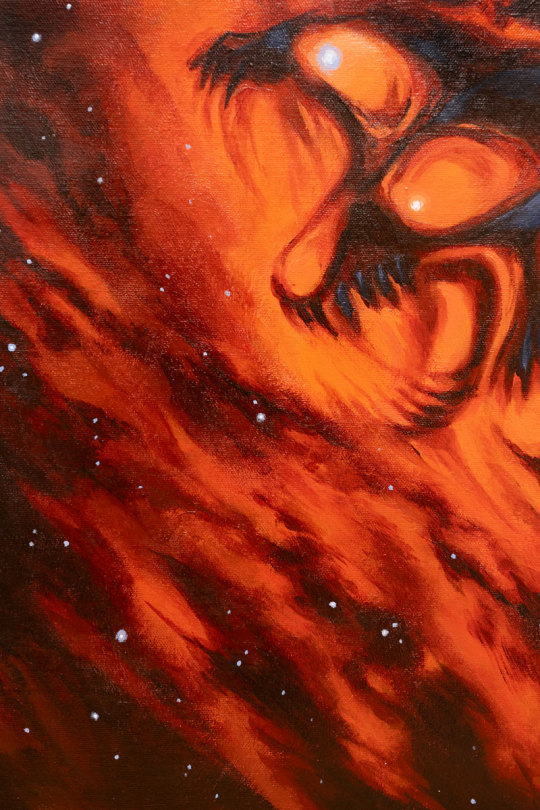

Hollow Calling
And here are some proper photos of another large acrylic painting!
Find me and my art elsewhere!
#skulls#skull#animal skull#dark art#space#space art#galaxy#acrylic painting#acrylic#traditional art#traditional painting#art#artists on tumblr
1K notes
·
View notes
Text

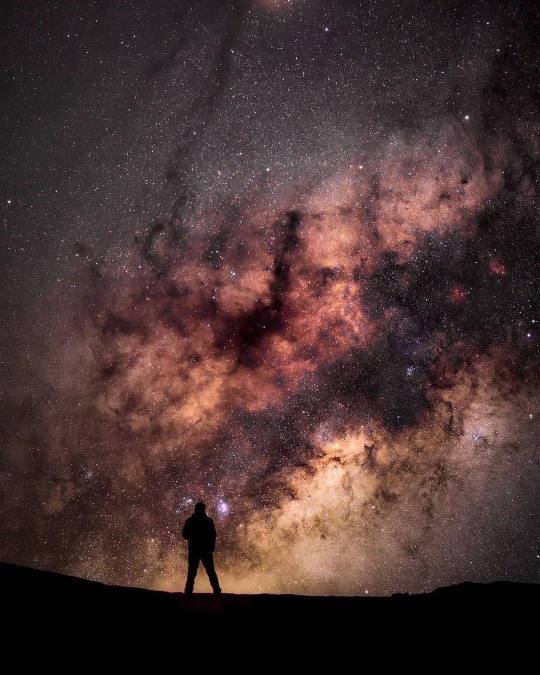

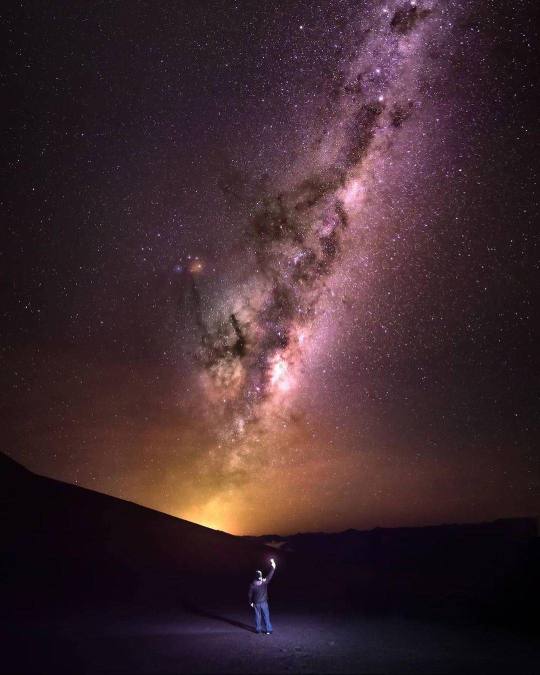

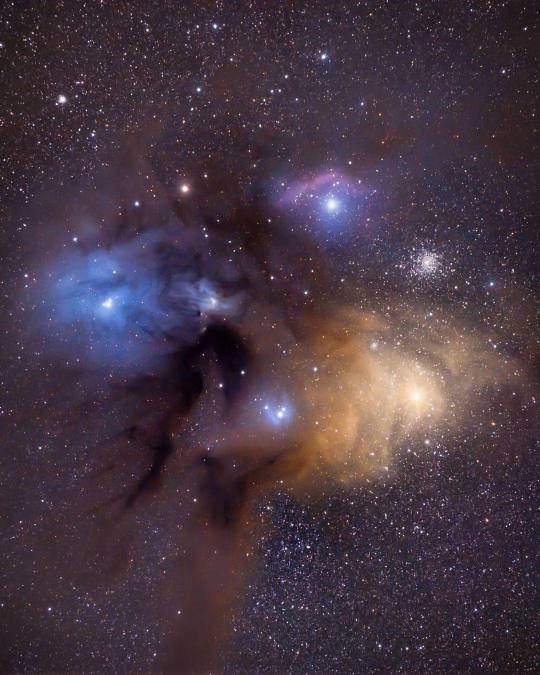
Different place, different time, but same universe… 🌌 By @matuutex
#sky#clouds#galaxy#landscape#paradise#nature#adventure#explore#travel#travelling#photography#fantasy#naturecore#aesthetic#dark academia#light academia
5K notes
·
View notes